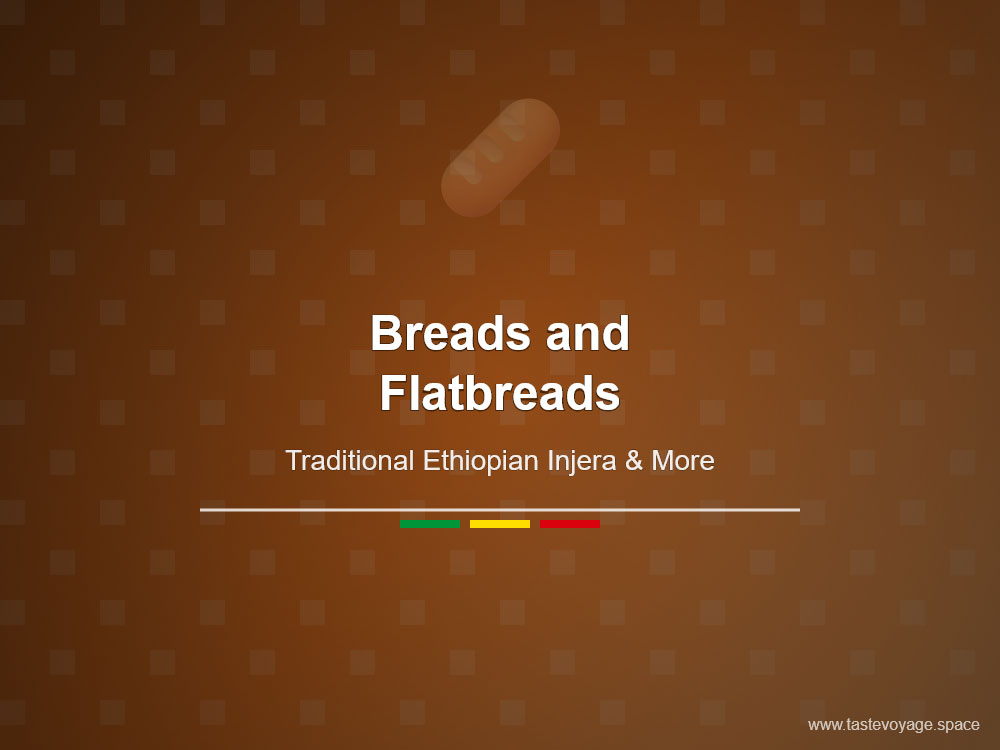Traditional Ethiopian Teff Cultivation & Bread Making Secrets
Travel the World Through Food >> Breads and Flatbreads>>Ethiopian Cuisine>> Traditional Ethiopian Teff Cultivation & Bread Making Secrets
Traditional Ethiopian Teff Cultivation & Bread Making Secrets
Discovering Traditional Ethiopian Teff Cultivation and Bread Making
Ethiopia boasts a rich culinary heritage, with teff standing out as a cherished staple. This tiny grain has been cultivated for thousands of years, playing a vital role in the nation’s cultural and culinary identity. Its cultivation and traditional bread-making process symbolize more than just food; they embody a deep connection to history, community, and tradition.
The Cultural Significance of Teff in Ethiopia
Teff is more than just a grain; it is a symbol of Ethiopian resilience and ingenuity. Grown primarily in the Ethiopian highlands, teff is celebrated for its adaptability and nutritional richness. It is a source of pride for Ethiopian farmers who have cultivated it through generations. The grain’s importance extends beyond nutrition, representing a bond with ancestors and a way of life rooted in sustainability and respect for the land.
Ethiopian society places a strong emphasis on sharing and communal participation in teff cultivation and bread making. It is common for families and communities to come together during harvest seasons, emphasizing cooperation and social cohesion. The process of growing teff is intertwined with rituals and traditional practices that reinforce cultural values and reinforce community ties.
The Art of Traditional Ethiopian Bread Making: Injera
The most iconic product derived from teff is injera—a spongy, sourdough flatbread that serves as a staple in Ethiopian Cuisine. Its unique texture and tangy flavor make it both a meal and a utensil, used to scoop up an array of flavorful Stews and vegetable dishes. In Ethiopian culture, injera embodies hospitality, sharing, and unity, often served during gatherings, celebrations, and daily meals alike.
Making injera is a skill passed down through generations. The process involves fermenting the teff flour, which imparts a distinctive sourness to the bread. This fermentation process is a vital part of Ethiopian culinary tradition, symbolizing patience and reverence for age-old methods. The bread’s elasticity and porous surface allow it to soak up the rich flavors of accompanying dishes, creating an enriching culinary experience.
The Culinary and Cultural Value of Teff-Based Dishes
Teff-based dishes are central to Ethiopian cuisine, offering a nutritious and flavorful foundation for a variety of meals. The grain’s resilience and adaptability make it suitable for different culinary styles, yet injera remains the most prominent and beloved form. Its presence on the dining table signifies invitation, community, and shared joy.
Beyond its taste and texture, teff’s nutritional profile enhances its culinary significance. Rich in protein, fiber, and essential minerals, teff provides a balanced diet and sustains communities. Its gluten-free nature also makes it accessible to a broader audience seeking wholesome, natural foods.
Celebrating Ethiopia’s Culinary Heritage
Exploring the traditional cultivation and bread-making of teff reveals a story of cultural pride and culinary artistry. This tiny grain embodies the history, resilience, and communal spirit of Ethiopia. Whether enjoyed at a family meal or a festive gathering, teff and injera hold a special place in the heart of Ethiopian food culture.
By appreciating the significance of teff, we honor not just a food tradition but a way of life rooted in connection, sustainability, and shared heritage. Embracing this cultural delicacy invites us to experience Ethiopia’s rich culinary landscape and its enduring legacy of tradition and community.
Experience the beauty of Ethiopian culinary traditions through the humble yet profound story of teff cultivation and bread making. It’s a journey into a world where food celebrates history, culture, and unity.
